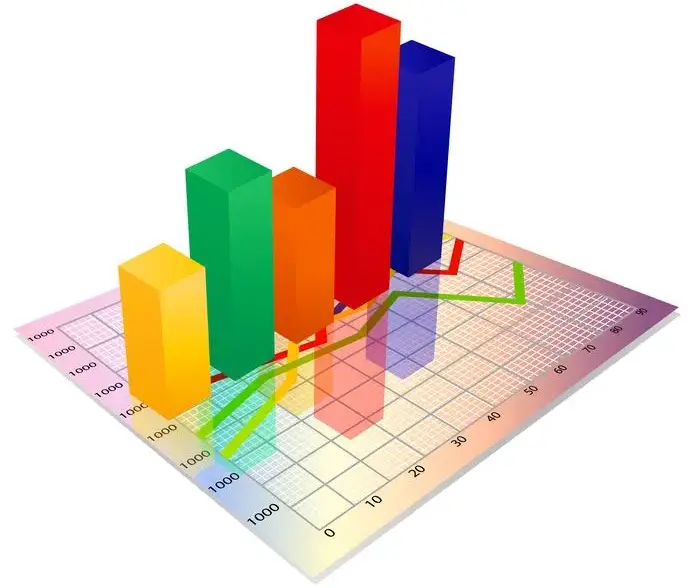
There are at least 20 technical and tactical skills in softball. Each one of them has their own characteristic that needs to be evaluated in order to improve the skill based on the specific players developmental age and experience in the game. By knowing how complex each skills is, evaluating softball skills a more effective and useful tool. Following is an example of how you can take a skill and break it down so that you will always find a way to improve it to even a small degree.
Evaluating Softball Skills – Throwing
Mechanics for medium distance throws
Preparation Phase
- 3 or 4 finger grip across the seams
- glove side foot is closer to the target
- weight is on the back foot
- glove or glove side elbow is pointed toward the target
- throwing hand elbow is at shoulder height at a about 90 degrees
- the wrist is cocked with the ball outside the wrist and away from the head
- eyes are on the target
Execution Phase
- eyes are on the target as the athlete steps forward with their throwing hand foot
- upper body rotates in the throwing hand side direction
- weight transfers to the throwing hand side foot
- the throwing side shoulder leads the elbow of the throwing hand rotating toward the target
- weight transfers to the glove side foot
- the forearm rotates through with the ball up high
- the glove hand elbow comes down past the side as the ball is released
- the throwing hand arm extends and the wrist snaps to the target as the ball is released
Follow Through Phase
- the weight is on the front (glove side) foot
- the front knee is not locked
- throwing hand foot does not stay on the ground and is allowed to move forward again
- the throwing hand naturally crosses the body to the other side
- the throwing shoulder is forward
- finish back in the balanced position ready for the next play
Knowledge of The Game
- when to throw where
- when not to throw
Physical Abilities
Mental Abilities
- narrow focus
- confidence
- emotional control
- relaxation
Intended Outcome of the Throw
- an accurate throw on target with high velocity to the right location at the right time under various conditions.
Key Performance Indicators
- ball arrived at the right location
- makes the best decision
- the receiver required no effort to obtain the ball
- the ball arrived with high velocity
- the athlete has a smooth transition as they receive the ball either on the ground or in the air
- it is all done whether in a pressure situation or a practice situation
- the crowd goes wild as the third out is made and the game is won, athlete is happy and the coach
- gives 2 thumbs up for their performance.
Intervention
- feedback after the event if in a competition
- feedback during the event if in a practice situation
Measurement of Achievement
- video analysis
- specific charts and graphs
- how the athlete feels about the skill
- end results of the skill
As you can see for the skill of throwing the considerations can be many. The trick is to simply even consider the aspects of the skill so that the evaluation is done without only looking at the outcome of the skill.

